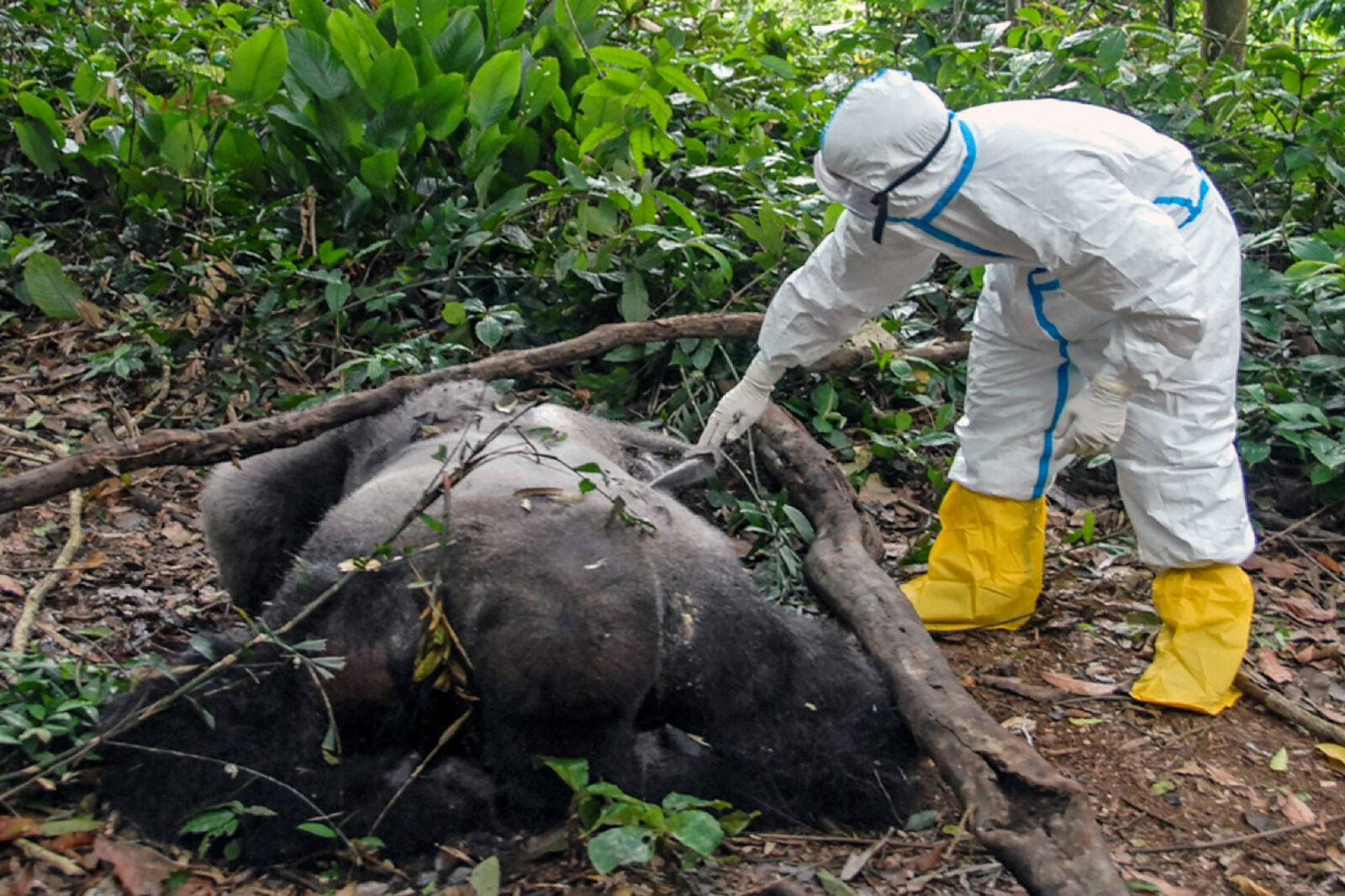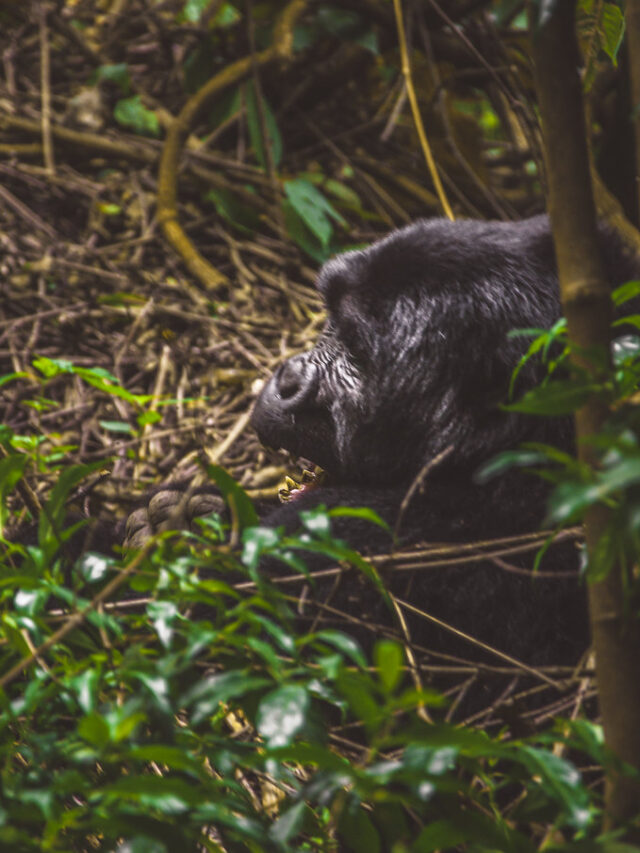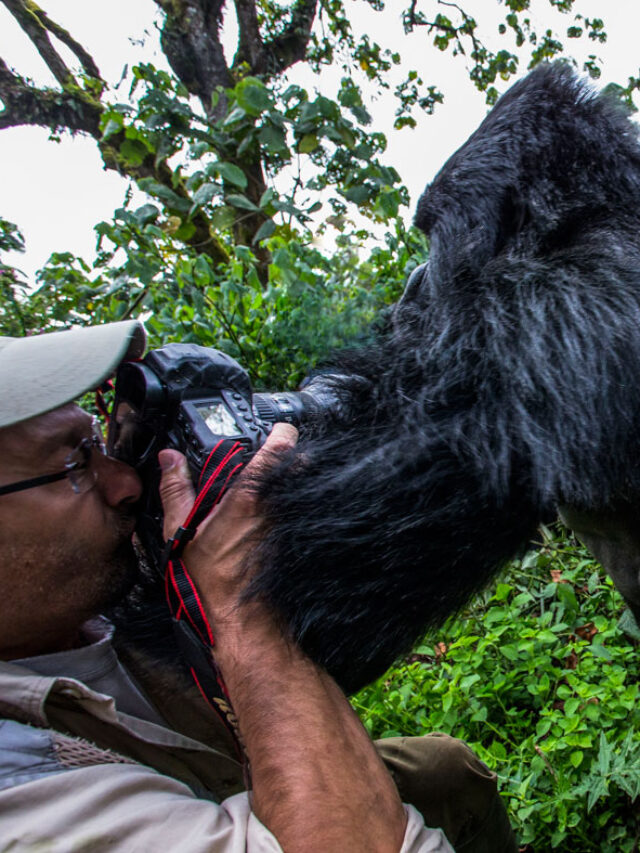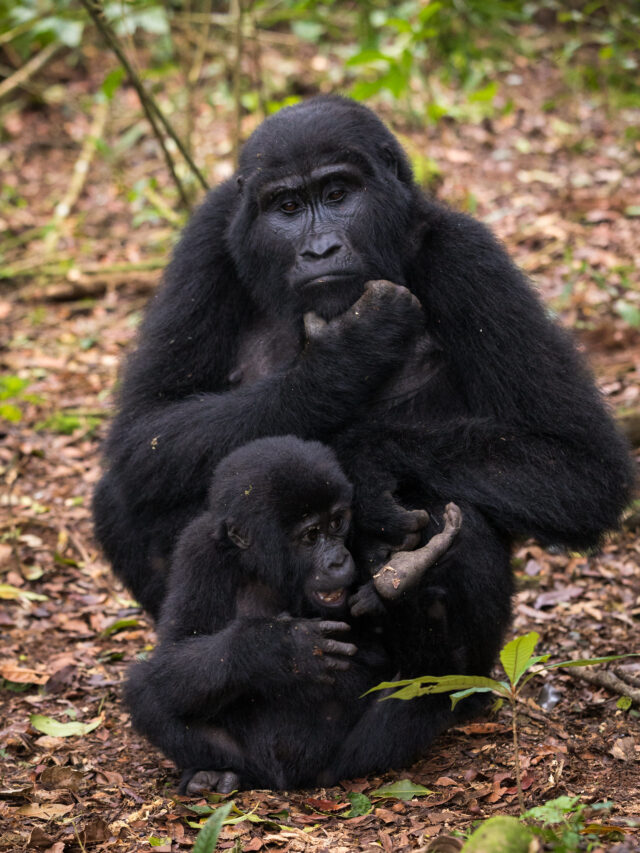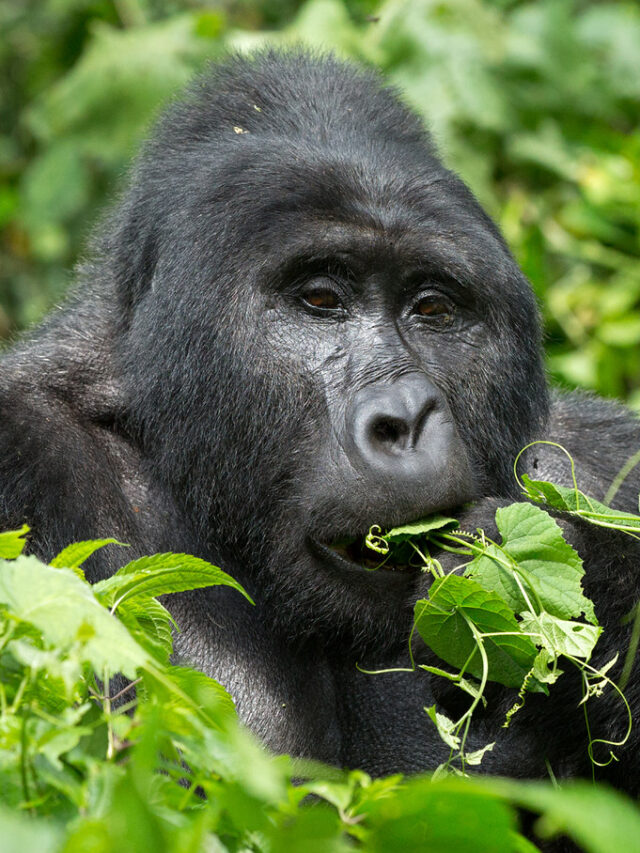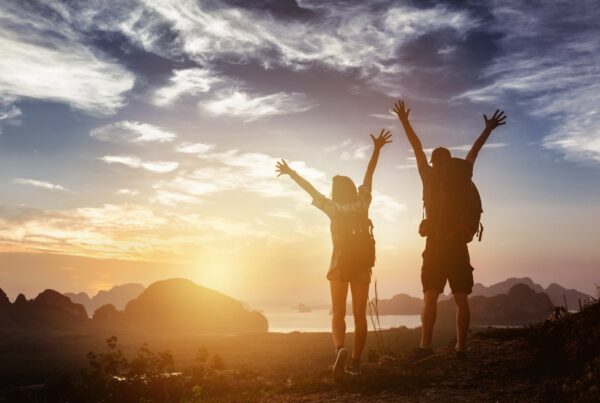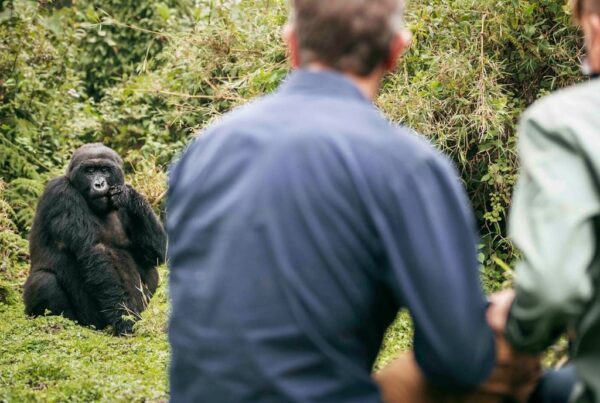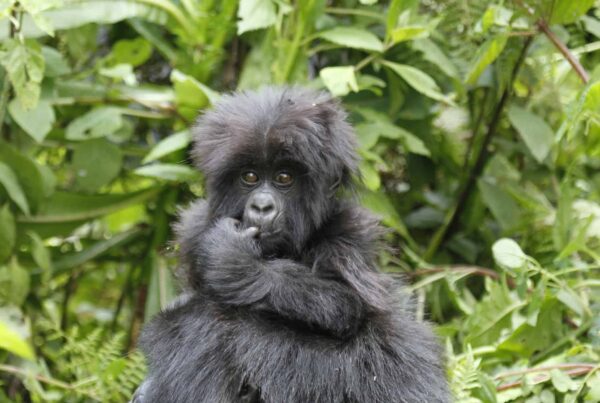What it Takes to Protect Gorillas from Ebola – Science, Vigilance, and People Who Refuse to Give Up
What it Takes to Protect Gorillas from Ebola — Ebola is not just a human health crisis; it’s one of the deadliest threats to wild gorillas. In past outbreaks, entire gorilla families have been lost within weeks, leaving the forest eerily silent where life once thrived. For conservationists, park rangers, and communities living alongside these great apes, protecting gorillas from Ebola is a battle fought on multiple fronts — a race against time that combines science, rapid response, community cooperation, and unwavering dedication.
Early Detection – The First and Most Crucial Step
When it comes to Ebola, time is everything. The disease can spread quickly through gorilla groups because they live in close family units, touching, grooming, and caring for one another. Detecting unusual sickness or sudden deaths early is the first defense.
Rangers patrol the forests daily, checking on habituated gorilla groups and scanning for signs of illness. They also keep watch for carcasses, which are often the first visible signs of an outbreak. In some parks, specially trained veterinary teams are on standby to collect samples safely, following strict protocols to avoid further spread. Early reporting allows for rapid containment measures before the disease devastates a population.
Biosecurity – Keeping Ebola Out of Gorilla Habitats
Ebola can be transmitted from humans to gorillas, so minimizing human-to-gorilla transmission risk is essential. This means strict rules for anyone entering gorilla territory: wearing masks, keeping the mandated 7-meter distance, disinfecting boots and gear, and never trekking when feeling unwell.
Park staff, researchers, and tourists all share responsibility. Tour operators now routinely brief visitors on these measures before treks. Locally, conservation teams work with communities to discourage handling sick or dead wildlife, reduce bushmeat hunting, and provide safer alternatives for food and income. By keeping the virus out of the forest, both humans and gorillas are protected.
Vaccination – A New Frontier in Gorilla Protection
Until recently, the idea of vaccinating wild gorillas seemed impossible. Now, thanks to years of research, veterinary teams have developed Ebola vaccines that can be safely administered to great apes.
In a field setting, this is usually done by darting a gorilla with a tranquilizer and then giving the injection, or, in some trials, delivering oral doses through bait. These methods are logistically challenging — darting can stress the animals, and maintaining vaccine cold storage deep in the forest is complex. For this reason, vaccination plans are often targeted toward specific, high-risk groups or used reactively when an outbreak is detected nearby. While not yet a mass-scale solution, it’s one of the most promising tools in the fight.
Strong Partnerships – Conservation, Health, and Local Communities
Ebola protection isn’t handled by conservationists alone. It takes a network: park authorities, veterinary teams, international health agencies, and local community leaders working together. Rangers and vets in the field detect and respond to signs of disease, while public health experts handle diagnostics and outbreak protocols.
Community members are key partners. They are often the first to notice unusual wildlife behavior or deaths, and they help enforce safe practices. In return, conservation programs support local health services, clean water access, and education — benefits that strengthen trust and encourage cooperation.
Building Resilience – Preparing for the Next Threat
Even the best protection plans cannot erase all risk. That’s why resilience is vital. Protecting large, genetically healthy populations spread across different habitats gives gorillas a better chance of surviving future outbreaks. This means continuing anti-poaching patrols, safeguarding forests from deforestation, and monitoring gorilla health year-round.
By reducing other pressures on gorilla populations, conservationists make it more likely that they can recover if Ebola strikes again.
Why This Work Matters
Watching a gorilla family in the wild is one of the most moving wildlife encounters on Earth — the quiet authority of a silverback, the playful energy of youngsters, the tender care of mothers. Knowing that an invisible virus could take all of that away makes the work to protect them all the more urgent.
Protecting gorillas from Ebola is more than a conservation challenge; it is a promise to future generations that these great apes will still roam their forests, thriving and free.

